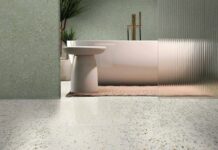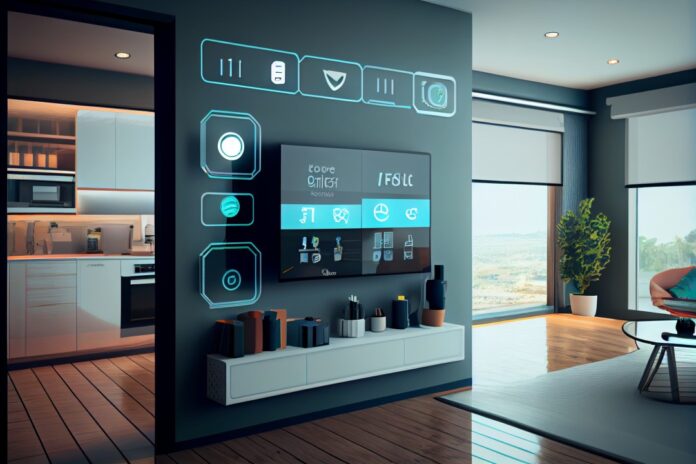
Smart homes describe a residential environment that uses technology and interconnected devices to automate and streamline various routine tasks. Made possible by the Internet of Things (IoT), a smart home goes beyond traditional home automation, bringing devices and systems into a shared network that can be remotely controlled and programmed. This might include technologies such as automated climate control systems, security systems, lighting controls, and home appliances. The main function of smart homes is the facilitation of more efficient, energy-saving, and convenient living.
Incorporating technology into interior design is an emerging trend contributing to shaping the future of our living spaces. It paves the way for enhanced comfort, security, and overall convenience for homeowners. The interplay between technology and interior design allows for both functional improvements, such as automation of tasks, and aesthetic enhancements, such as cleverly hidden tech devices or integrated digital art. Therefore, building a bridge between the worlds of technology and design is essential in creating homes not only beautiful but also smartly efficient and tailored to homeowners’ modern lifestyle.
Smart Homes
Smart homes are a broad convergence of automation technologies that augment day-to-day domestic operations. These homes are geared with a connected network of devices and appliances- from lighting and heating systems to sound systems, security cameras, and kitchen appliances which can be controlled remotely by a smartphone, tablet, or a central unit within the house. These devices don’t merely respond to direct user input similar to traditional household appliances. They are intelligent and adaptable, equipped with sensors and algorithms to observe patterns, anticipate needs, and act independently. This level of sophistication allows for living spaces that are high-tech, suited to modern lifestyle demands, and aesthetically pleasing.
The Development of Smart Homes
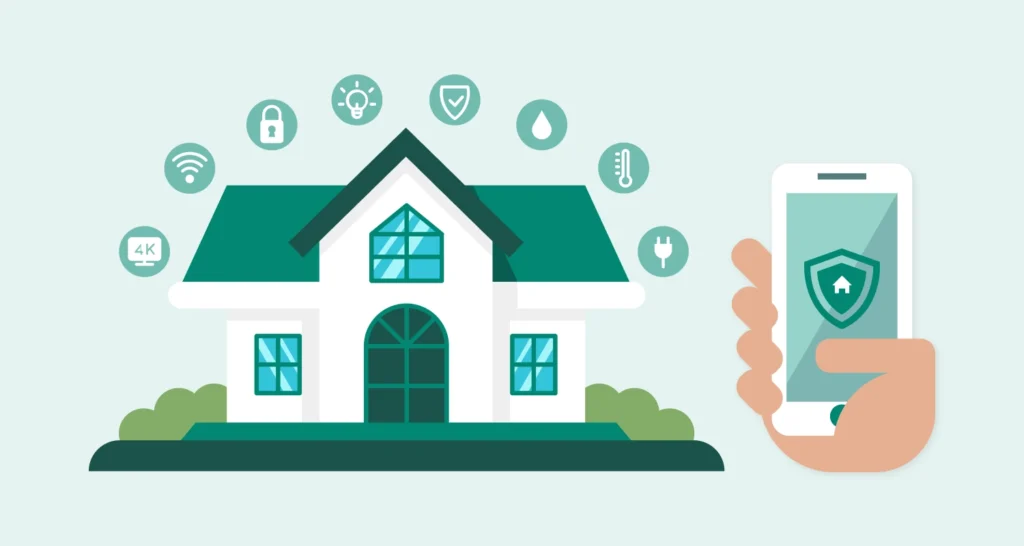
The idea of a “smart home” has grown greatly since its inception, from basic, wired automation systems to complex, intelligent networks of devices that communicate with each other to enhance the convenience and efficiency of various household tasks. The roots of this innovation can be traced back to the late 20th century, with advancements like the remote-controlled garage doors. Today, driven by the proliferation of broadband connectivity, microchips, and the Internet of Things (IoT), smart homes have gained mainstream acceptance and are now a part of everyday life. This development is expected to continue at a steady pace, making smart homes even smarter and more intuitive in the years to come.
Technology in Interior Design
Technology has become an integral part of the interior design process. It greatly enhances the way designers conceptualize, plan, and execute their projects. Thanks to its capabilities, Houston interior designers can now visualize concepts in 3D, experiment with different options before settling on a final design, and even present their ideas to clients in a more immersive and realistic way via virtual reality. In addition, technology as part of the design itself like integrated smart home devices, offers improved functionality, and convenience and adds a modern edge to the aesthetics of a home.
Modern Technologies
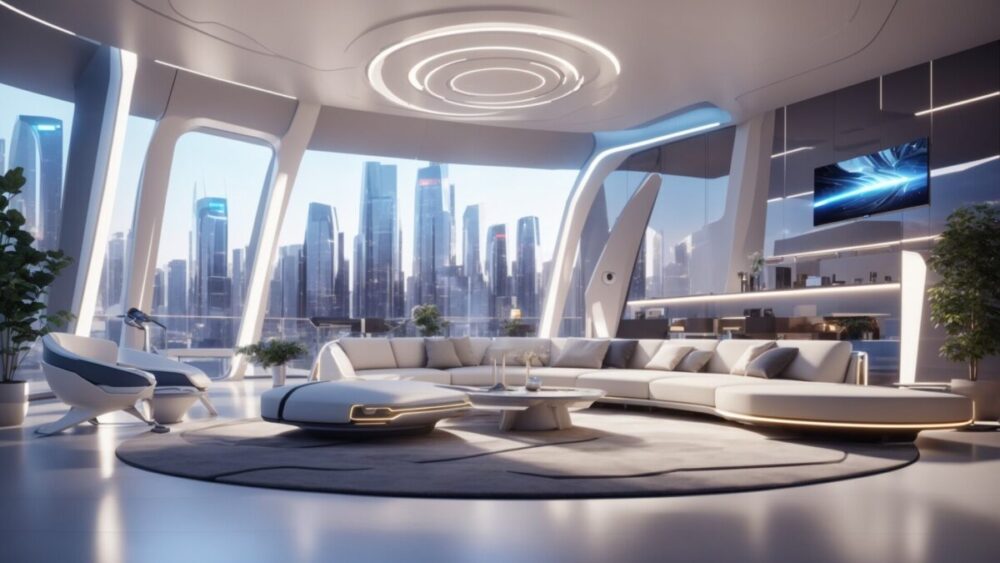
Several technologies are reshaping interior design. Virtual Reality (VR) and Augmented Reality (AR) are transforming the creative process, allowing designers and clients to explore and modify designs in a virtual space. Additionally, Computer-Aided Design (CAD) and Building Information Modelling (BIM) systems increase precision and efficiency in drafting and planning. On the other hand, in the area of smart homes, automated lighting systems can create different atmospheres at the touch of a button, smart thermostats, and energy monitors improve the home’s energy efficiency, and integrated home entertainment systems offer advanced functionality without compromising the design aesthetics.
Impact of Technology on Aesthetics and Function of Interior Design
Technology doesn’t just affect the procedural aspect of interior design; it significantly influences the aesthetics and function of spaces. For instance, flat-screen televisions have replaced bulky sets, freeing up living room space and opening new design possibilities. Smart, adaptive lighting can be used to highlight architectural or design elements while IoT devices can be chosen to match the home’s overall color scheme or theme. The integration of smart home technology provides a modern, luxurious feel while enhancing the home’s functionality and usability.
Integrating Smart Technology into Interior Design
The process and considerations when integrating smart technology in designIntegrating smart technology into interior design requires careful planning. The first step in this process is to identify the user’s needs and lifestyle. This includes understanding their daily routines, comfort preferences, energy needs, and safety concerns. With these details, you can determine which smart home technologies will be most beneficial. It’s also important to consider the home’s infrastructure because some technologies may require robust Wi-Fi coverage or specific wiring. Lastly, considering how the tech will blend aesthetically with the rest of the design is vital, ensuring it complements rather than disrupts the overall look and feel of the home.
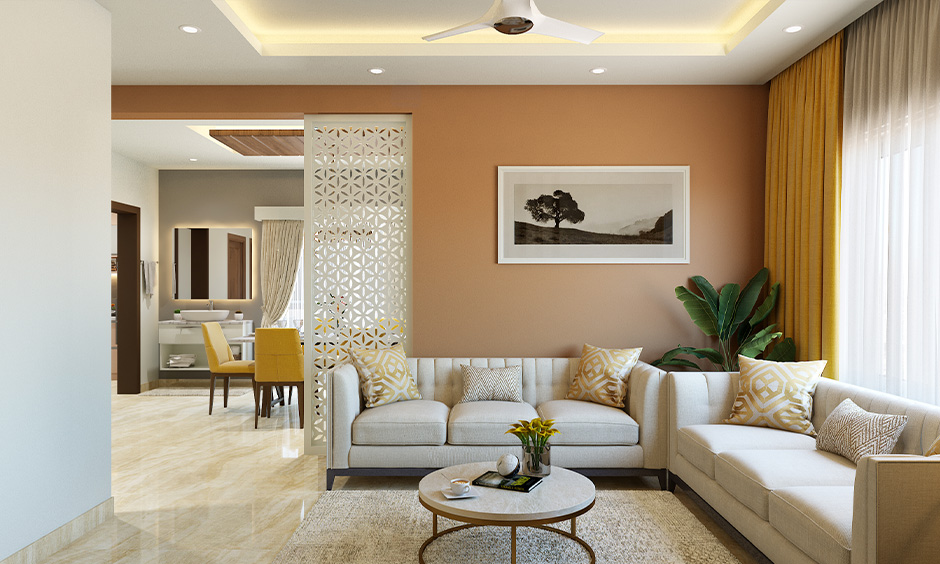
Benefits of Integrating Smart Home Technology
Integrating smart home technology comes with several benefits increased efficiency and convenience, reduced energy costs, and improved safety and security. For instance, a smart thermostat learns your temperature preferences, creating an energy-efficient schedule that saves money while ensuring optimal comfort. Others, like smart security systems, provide peace of mind with real-time monitoring and alerts. In terms of key areas for technology integration, the living room, kitchen, and bedroom represent prime opportunities. Homeowners can enjoy automated blinds, lighting, and entertainment systems in the living room, smart appliances and energy monitors in the kitchen, and controlled lighting, temperature, and sound systems for a tranquil bedroom environment.
The integration of smart technology in interior design is transforming our living spaces, blending aesthetics, functionality, and innovation. These smart homes are not merely a trend, but the future of housing, offering enhanced convenience, security, and energy efficiency that cater to modern lifestyles. It is clear that as technology continues to advance, so will our homes, shifting towards smarter, safer, and more efficient living environments.


